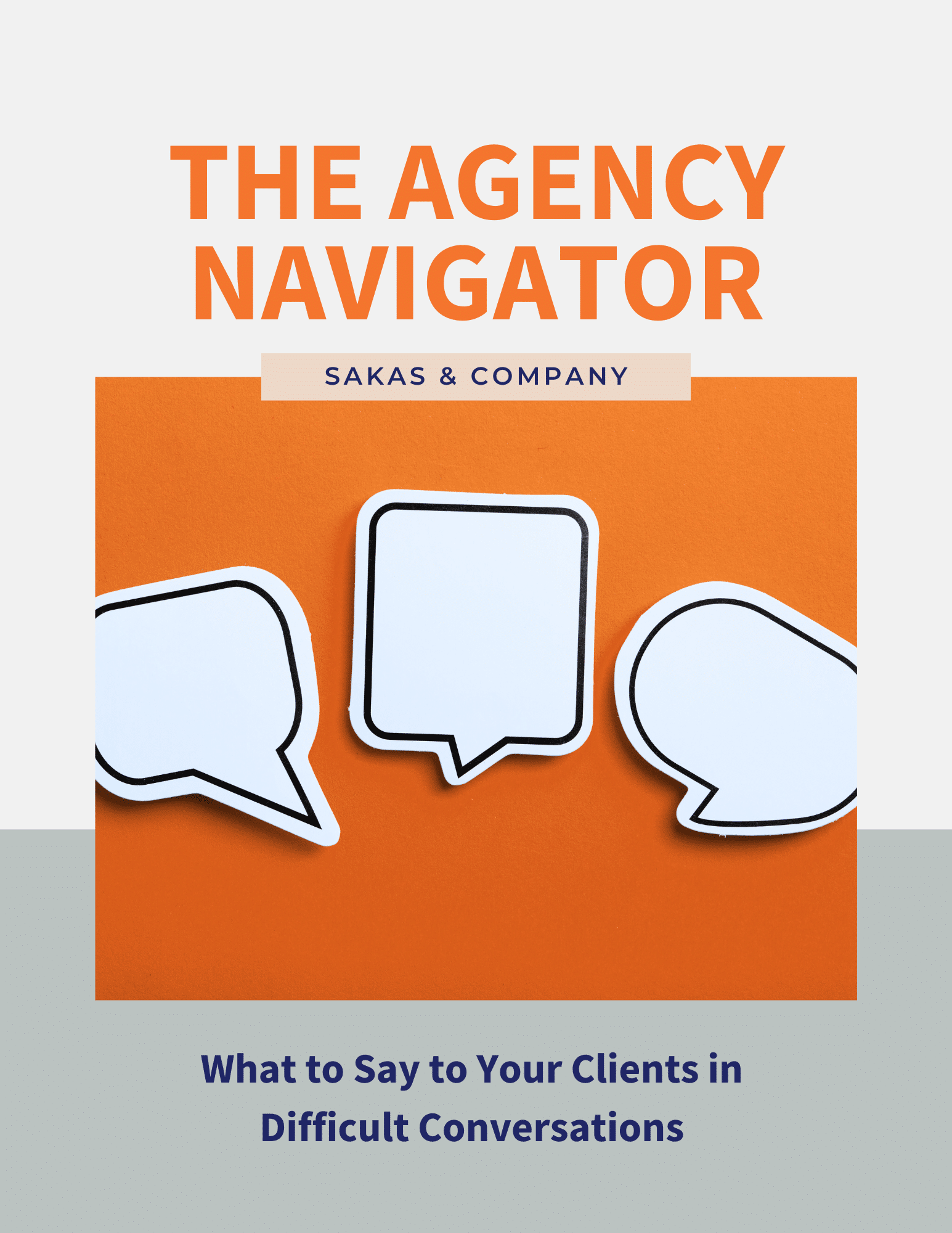I’m advising several of my clients about options to work with other agencies. As a reminder, there are three high-level categories—whitelabel, strategic partnership, and referral.
Focusing on strategic partnerships, the owner of a development agency asked me:
“For the strategic partner to other agencies, what portion of the project should we be slicing off from a revenue perspective? What would they be willing to give up for dev? 10% 20% 30%? At what project size? For instance, should we be targeting 20K of a 100K website project?”
As in many things, “it depends.” To help you find more ideal-fit clients, let’s take a closer look at how to budget for work with another agency as a strategic partner.
Anchoring: Budget-Split Considerations
If it were whitelabel and the end-client had a $100K budget, I’d cap development at ~$25K. If you were working on a fixed-scope basis, the intermediary agency would want to mark up your fee by 100% (that is, charge the client $50K for dev, and keep the remaining $50K for themselves). If you and they are doing Agile project management, $25K would likely still work (depending on sprint budgeting), but the intermediary agency needs to ultra-manage client expectations (that you/they aren’t guaranteeing a specific scope).
With strategic partnerships, in contrast, there’s not the same markup consideration, so that’s more money directly to strategic partner agency. Let’s look at how we might divide things.
Benchmarking: How to Split a $100K Budget
We’ll start with a total budget (from the end-client) of $100,000. Remember, 20-35% of the budget should go toward PM and client service. In my experience, here are ranges I’d use for a $100,000 web development project:
- 20-30% to PM & Client Service
- 10-20% to Strategy
- 10-20% to Design
- 40-50% to Development
- 5% to Quality Assurance
You may prefer different ranges—and that’s fine! Use work breakouts and project debriefs to build a baseline, to help you create better estimates for your agency’s specific situation.
Best Practices: Variations
A technically complex project might need more budget for QA (or less, if the client is handling some of the testing). Development might be on the lower end if you’re building off-the-shelf functionality. Strategy and design might be higher if you’re doing extra user research up front.
If you’re doing a marketing-only or design-only project (that is, no development) or an ongoing retainer, you can use this same process to calculate budget—just adjust for your circumstances.
If you’re contributing something helpful but minor, you might get only 5% or 10%.
Small Projects: Have a Minimum Project Size
For a smaller project, I’d assume more like 50% for development, or possibly more—small budgets burn faster, on a percentage basis of the total budget.
Be cautious about doing strategic partnership projects on small budgets. A $10K project could easily burn $3K on PM and client service. If the end-client needs strategy and design, that doesn’t leave much for dev.
Exceptions? Cases when you have strong mechanisms for managing scope, or if there’s a situation where doing a “strategically free” discount (e.g., you want more business from the referrer and are confident this deal will help secure that) benefits you.
The Power of Positioning
It’s ultimately all negotiable. If the other agency sees you as interchangeable, you’re not going to get a great deal. But if they see your agency as a truly vital strategic partner, you can negotiate a bigger share of the budget. Specialization matters—and pays.
Question: What’s your experience with other agencies as strategic partners?


